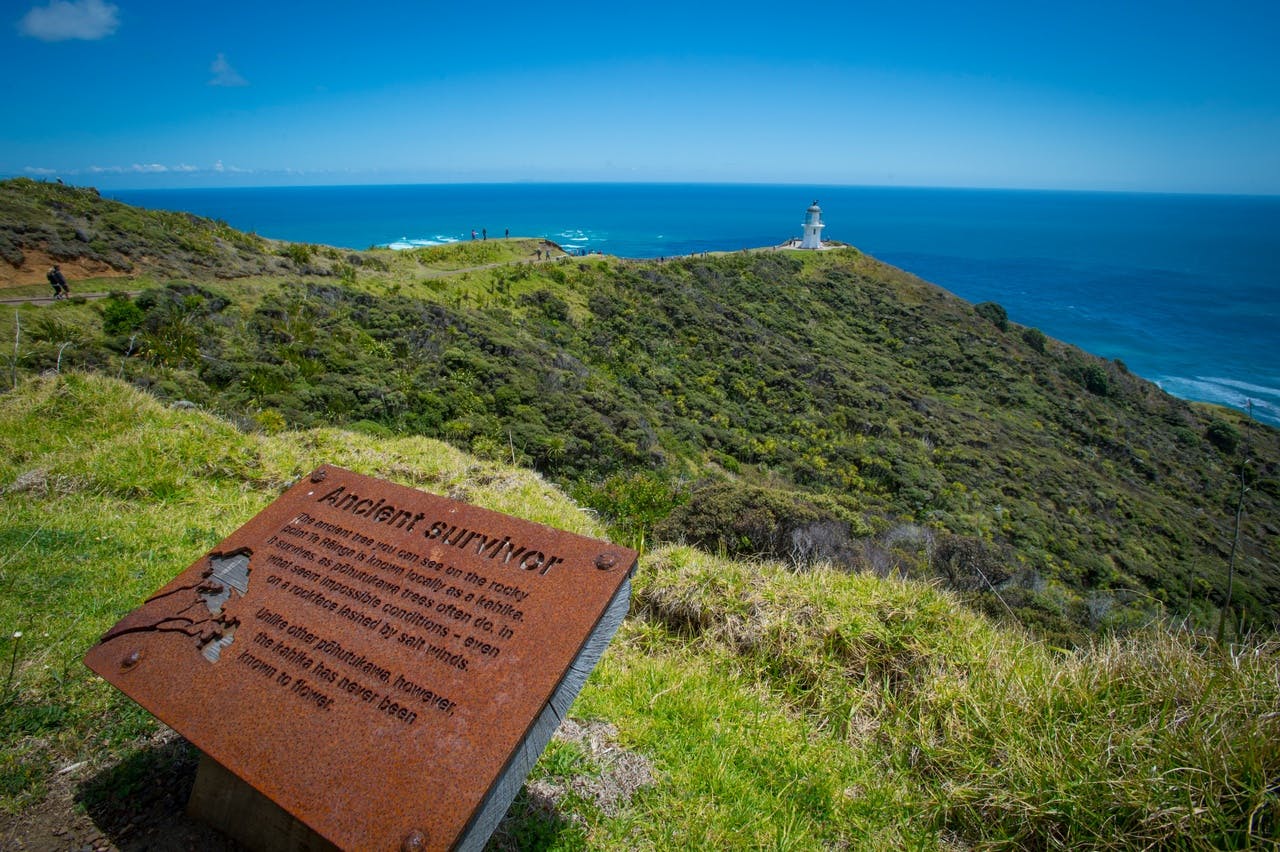A late kuia’s vision to restore the land and mana of her people is behind a Northland iwi’s plan to build a $1.2 million predator-proof fence.
In June, Ngāti Kurī announced a plan to build an 8.5km coast-to-coast fence, extending from Te Oneroa a Tohe/Ninety Mile Beach on the west coast to Parengarenga Harbour on the east coast.
The iwi is scoping the full cost, timing and likely size and placement of the fence, as well as looking for partners to help fund and build it.
They expect to announce final details later this year.
Ngāti Kurī trustee Sheridan Waitai says the June announcement takes Ngāti Kurī a step closer towards fulfilling the vision of the board and her late grandmother Saana Murray.
“It’s about creating shared prosperity, community resilience and mana motuhake for Ngāti Kurī,” she says.
Murray was one of six claimants who lodged a claim – called WAI 262 – with the Waitangi Tribunal in 1991.
The claim made a case to change the way the country’s flora and fauna are managed and give Māori greater control over things Māori such as indigenous plants and animals and other taonga like indigenous knowledge.
It was the first whole-of-government claim and resulted in a lengthy report published in 2011, documenting Māori taonga species and how they should be protected.
Waitai says: “Nana led the claim for Ngāti Kurī and was the last claimant alive when the Crown finally reported back 25 years later.
“People are still grappling with what to make of the final WAI 262 report, so we’ve decided to get on and live it. We’re not waiting around any longer. As an iwi, we’ve decided we are going to do what it takes to bring our vision to life.”
Waitai says it’s this decision that’s driving Ngāti Kurī plans to fence-off approximately 33,000ha in the country’s northernmost point.
“It’s our hope to protect endemic species such rata, giant flax snail and the north’s rare mutton bird or ōi and to reintroduce taonga species such as takahe and tuatara.”
In March, school children, with help from Auckland Museum and other partners, started gathering baseline data on the plants and animals of the region.
“The kids discovered tuatara – thought to be long gone from here – and found the skeleton of a baby seal. I can remember my grandmother telling me stories about the old sealing station here, so it was an incredible find.”
Waitai says the iwi wants to recruit and train a permanent workforce to trap and kill predators and pests like possums, stoats, rats, feral cats and pigs.
“We’ll be the first to have an indigenous community – the village of Te Hapua – located within a predator-proof fence, so it makes sense to start our recruitment drive from there.”
Plans to create a Great Walk to give trampers better walking access to the region are also in the pipeline.
Teaming up with universities, scientists, government agencies and community groups to learn more about the species of the region and raise awareness of how best to eradicate pests and care for the region’s taonga species is another priority.
“We’re inviting everyone to join us to get involved, from researchers to big strategic partners to hands-on volunteers – we want all New Zealanders to have a stake in the restoration of the region. Nana was big on partnership. And she believed the best solutions would come from combining western science and mātauranga Māori.
“Today, I think, there are very few people who realise what a unique place we have in the north.
“Kapowairua, for example, is a biodiversity hotspot. Walk the rohe and you’ll experience everything from volcanic landscapes to white sand beaches to golden beaches with shells so smooth they shine and refract the light like rainbows.
“We even have a tiny bonsai forest that’s full of freakishly tiny endemic insects, moths and weta. To look at it, you’d think it was Jurassic Park in miniature.”







